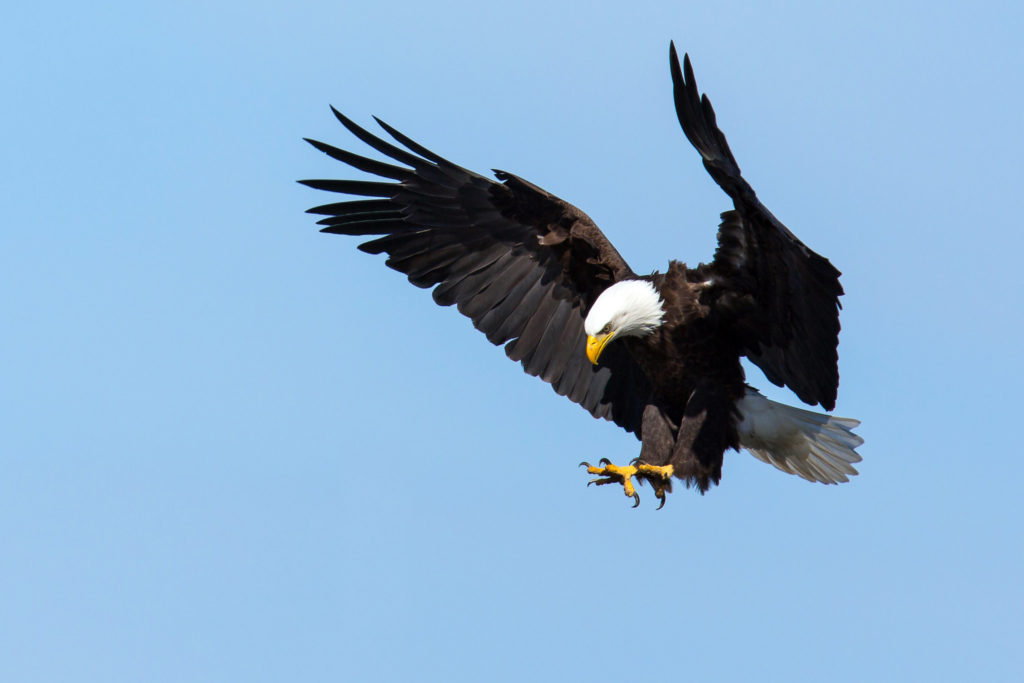Written by Jessica Law
Can you imagine waking up to a world without birdsong? Or looking out on your garden to find it completely empty of birds? New research shows that, unless we act fast, this terrible future may not be too far off. A study published last week in the journal Science reveals that since 1970, bird populations in the United States and Canada have declined by 29 percent, or almost 3 billion birds. The results show tremendous losses across diverse groups of birds and habitats – from iconic songbirds such as meadowlarks to long-distance migrants such as swallows, as well as backyard birds including sparrows.
“Multiple, independent lines of evidence show a massive reduction in the abundance of birds,” said Ken Rosenberg, the study’s lead author and a senior scientist at the Cornell Lab of Ornithology and American Bird Conservancy. “We expected to see continuing declines of threatened species. But for the first time, the results also showed pervasive losses among common birds across all habitats, including backyard birds.”
Of nearly 3 billion birds lost, 90 percent belong to just 12 families, including sparrows, warblers, finches, and swallows – common, widespread species that play essential roles in food webs and ecosystem functioning, from seed dispersal to pest control. If we lose these species, it won’t just be bad for birds – it will be disastrous for humankind.

“The connection between birds and humans is undeniable—we share the same fate. This is a bird emergency with a clear message: the natural world humans depend on is being paved, logged, eroded and polluted. You don’t need to look hard for the metaphor: birds are the canaries in the coal mine that is the earth’s future,” said David Yarnold, president and CEO of National Audubon Society (BirdLife’s partner in the USA).
Within these results, certain groups of birds were particularly hard hit. Grassland birds saw a 53-percent reduction in population – more than 720 million birds – since 1970. Shorebirds, most of which frequent sensitive coastal habitats, were already at dangerously low numbers and have lost more than one-third of their population. Furthermore, the volume of spring migrations, measured by radar in the night skies, has dropped by 14 percent in just the past decade.
Since birds are indicators of environmental health, these worrying findings suggest that natural systems across the U.S. and Canada are now being so severely impacted by human activities that they no longer support the same robust wildlife populations. So what’s driving these declines, and how can we stop them?
Although the study did not analyse the cause of the declines, previous research points to the widespread loss and degradation of habitat, especially due to agricultural intensification and urbanization. Pervasive use of pesticides has been associated with widespread declines in insects, an essential food source for birds. Climate change is expected to compound these challenges by altering habitats and threatening plant communities that birds need to survive. Closer to home, other studies have documented mortalities from free-roaming domestic cats and collisions with windows and buildings in urban areas.

The solutions to these complex problems require a similar approach to how the data was collected in the first place: by working together. The evidence used to compile this study came from a wealth of sources, including detection of migratory birds in the air by 143 NEXRAD (Next Generation Weather Radar) radar stations across the continent, scientific surveys, and citizen science data from ordinary people, including the North American Breeding Bird Survey, the Audubon Christmas Bird Count, and Manomet’s International Shorebird Survey.
“The story is not over,” said co-author Michael Parr, president of American Bird Conservancy. “There are so many ways to help save birds. Some require policy decisions, such as strengthening the Migratory Bird Treaty Act. We can also work to ban harmful pesticides and properly fund effective bird conservation programs. Each of us can make a difference with everyday actions that together can save the lives of millions of birds – actions like making windows safer for birds, keeping cats indoors, and protecting habitat.”
“International cooperation is especially important for Canada’s birds, as more than 80% of them leave our borders every year,” said Andrew Couturier, a senior director with Bird Studies Canada (BirdLife Partner). “We encourage all Canadians to take action to improve the state of Canada’s birds and our environment. If you are looking for new ways to be a champion for birds or actions you can encourage others to take, consult our Top Six Ways you can Help Birds.

Past successes show that it can be done. Raptors such as the Bald Eagle (Haliaeetus leucocephalus) have made spectacular comebacks since the 1970s, after the harmful pesticide DDT was banned and recovery efforts through endangered species legislation in the U.S. and Canada provided critical protection.
The BirdLife Partnership is uniquely positioned to tackle this challenge. We bring together BirdLife Partners to protect birds along entire migration routes: from the Pampas grasslands (protected by our Southern Cone Grassland Alliance), through the High Andean Wetlands, and along the Atlantic and Pacific coasts. Through the power of many, we can make sure that birds are protected at every stage in their life cycle, from their birthplace to their wintering grounds, and back again.
Featured image: According to this study, 3 out of 4 eastern meadowlarks have been lost in the U.S. and Canada since 1970. Image credit John Sutton, CC BY-SA 2.0.





